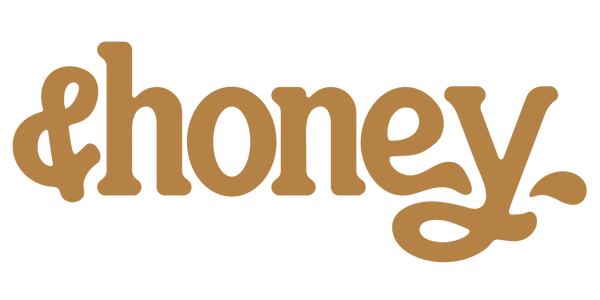Why I Believe Every Pregnant Person Should Express Colostrum Antenatally

I’m a midwife, and I spend a lot of time on the postnatal ward. One of the things I see so often is women — tired, teary, doing their absolute best — trying to feed their baby for the very first time. It’s beautiful and raw, but it can also be really overwhelming.
There’s this tiny newborn who doesn’t quite know what they’re doing yet, and a mum who’s suddenly trying to hold her baby, hold her breast, and somehow make the two work together in harmony. It’s a lot — and it’s a big reason why I believe every pregnant person should express colostrum antenatally.
And honestly? It’s not even about the colostrum itself.
1. It’s Linked to Having More Milk After Birth
Research shows that people who express colostrum during pregnancy often have more colostrum after birth. It’s like giving your body a little heads-up that milk-making time is coming.
2. It Helps You Get Comfortable and Confident
This is my favourite part. Expressing antenatally helps you get in tune with your body. You learn how to hand express — a skill every breastfeeding parent will use at some point — before you’re in the thick of those early hours with a hungry baby.
You’ll also start to understand where your milk ducts are, how your milk is produced and stored, and what expressing actually feels like.
And maybe most importantly, you’ll get comfortable with touching and handling your breasts — something that can feel totally foreign at first.
I see such a difference in women who’ve practised antenatal expressing: they approach breastfeeding with more confidence, calm, and familiarity. They’ve already started building their breastfeeding toolkit before baby even arrives.
3. You Might Collect Some Liquid Gold — and That’s a Bonus
Sometimes you’ll collect a few drops or millilitres of colostrum — the first milk your body produces — and that can be stored for after birth. It’s an incredible backup to have on hand if your baby needs a little top-up or if you’re separated for any reason.
But the goal isn’t to fill syringes. It’s to learn, connect, and prepare.
If you don’t get any colostrum out, that’s completely normal and not an indication of your supply or how breastfeeding will go. The benefits come from the process itself.
When & How to Start
Antenatal expressing is usually safe to start from around 36 weeks, but always check in with your midwife or healthcare provider first, especially if you’ve had complications like early contractions, bleeding, or placenta concerns.
Here’s how to begin:
-
Find a quiet, relaxed moment (after a warm shower can be perfect).
-
Gently massage your breast and then use your thumb and forefinger in a “C” shape about 2–3 cm back from your nipple to compress and release rhythmically.
-
Collect any drops with a clean syringe or small sterile container, and freeze them between sessions.
If you’re not sure where to start, our Mother’s Gold Colostrum Kit has everything you need — sterile syringes, labels, and a handy QR code linking to a midwife-led video guide on how to express and store safely. It takes the guesswork out so you can focus on learning the skill with confidence.
So really, antenatal expressing isn’t about milk — it’s about empowerment.
It’s about knowing your body, feeling capable, and starting your feeding journey from a place of calm and confidence.
And that, more than anything you can collect in a syringe, is pure gold. 🐝✨
